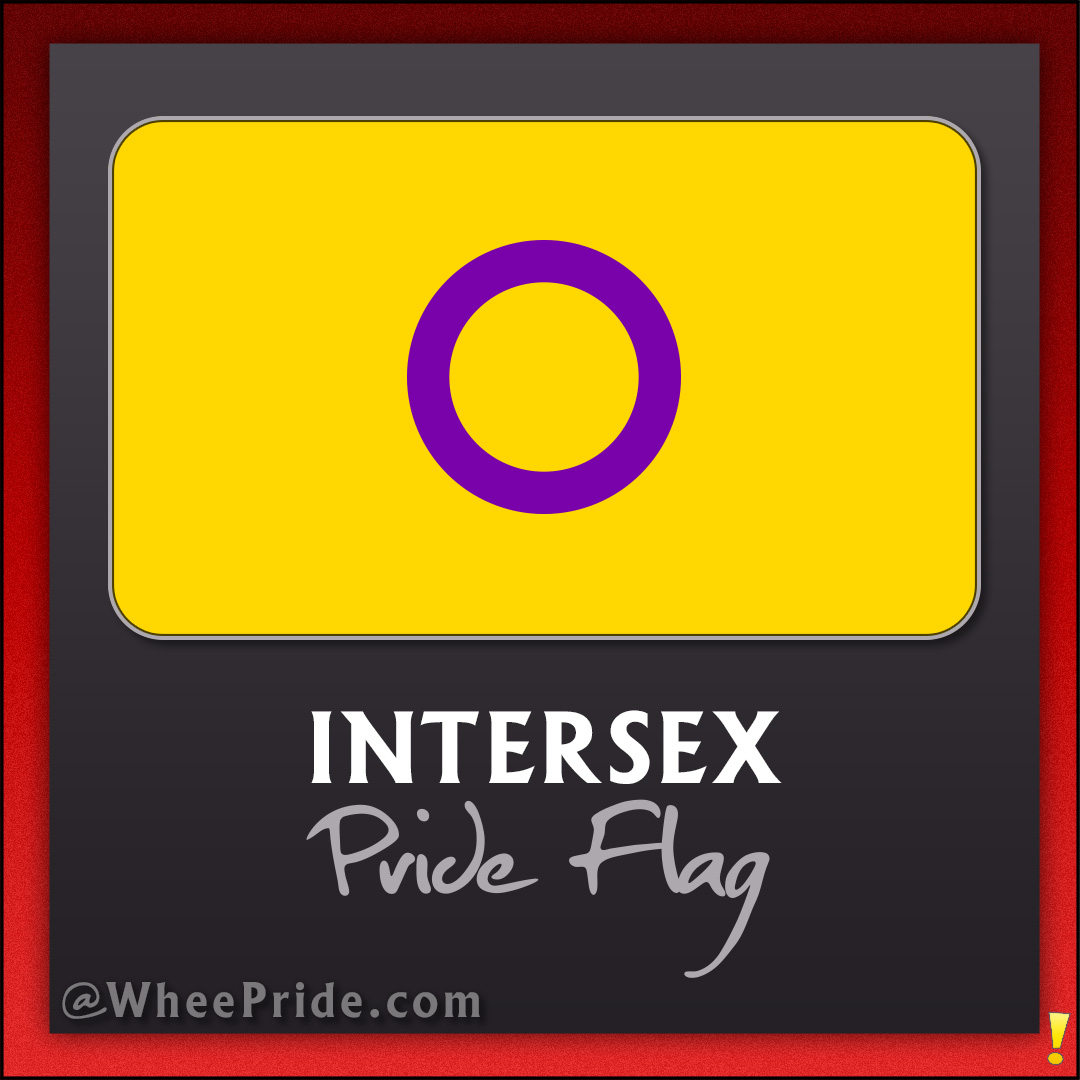
Introduced in 2013, the Intersex Pride Flag breaks from traditional gender symbols and colors. Morgan Carpenter of Intersex Human Rights Australia designed it to celebrate the intersex community. The flag’s yellow background and purple circle stand for unbroken wholeness and completeness.
The choice of colors for the Intersex Pride Flag was intentional. Yellow and purple are not traditionally associated with gender, offering a neutral ground. The purple circle is central, symbolizing the right to bodily autonomy and integrity.
This flag has played a crucial role in raising visibility for intersex individuals, often overlooked in the broader LGBTQ+ discourse. It’s a beacon for inclusivity, rights, and recognition within the community and beyond.
Did you know that the Intersex Pride Flag is one of the few LGBTQ+ flags not modeled after the traditional rainbow flag? Its unique design ensures it stands out, just like the individuals it represents.
The Intersex Pride Flag is more than just a banner; it’s a symbol of pride, unity, and the ongoing fight for recognition and rights. It encourages us to broaden our understanding and embrace every part of the diverse LGBTQ+ spectrum.
Interested in showing your support? Check out our vibrant Intersex Pride collection at Whee! Pride.